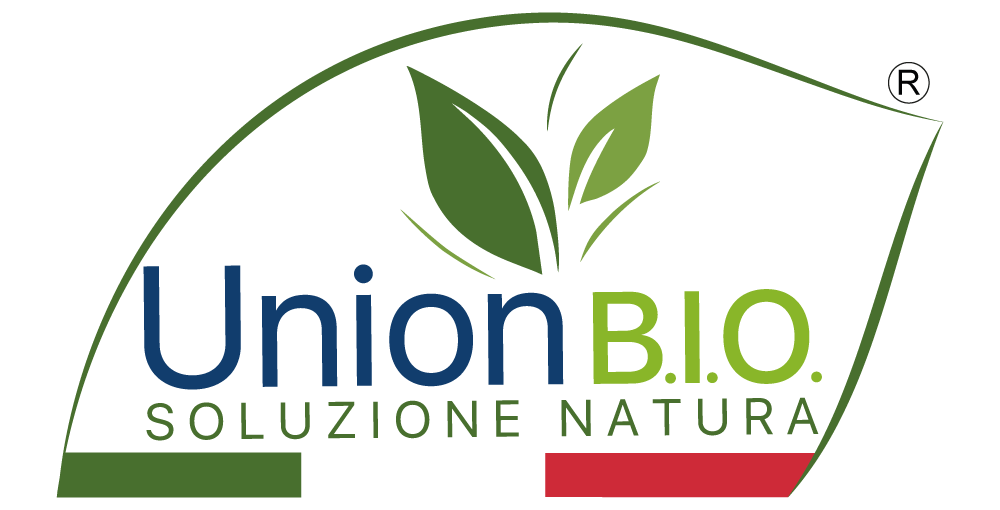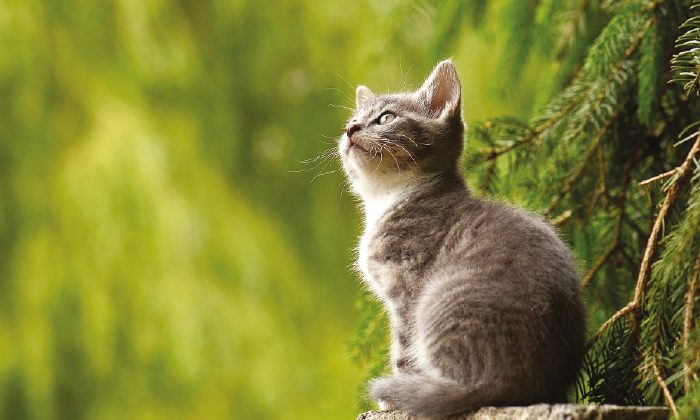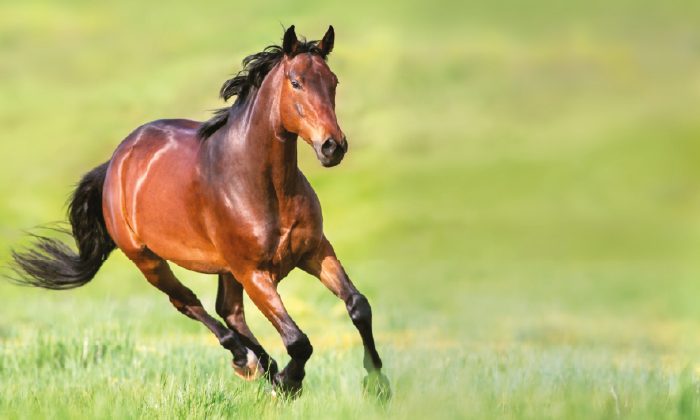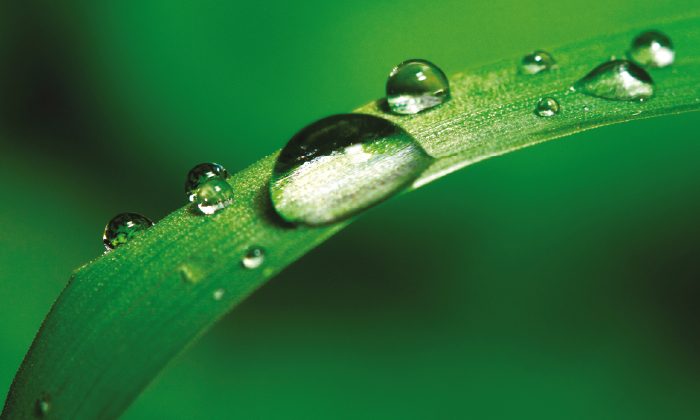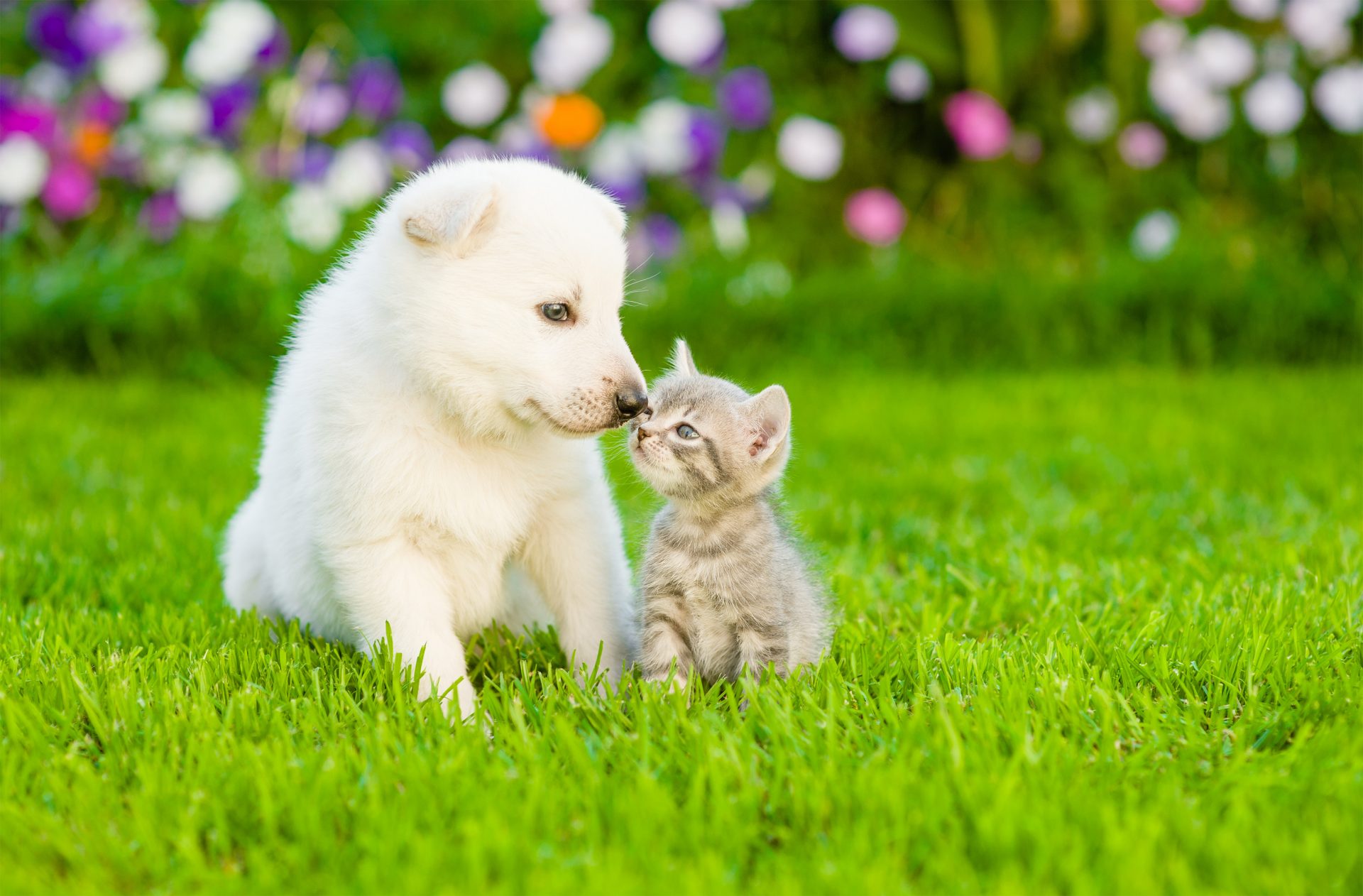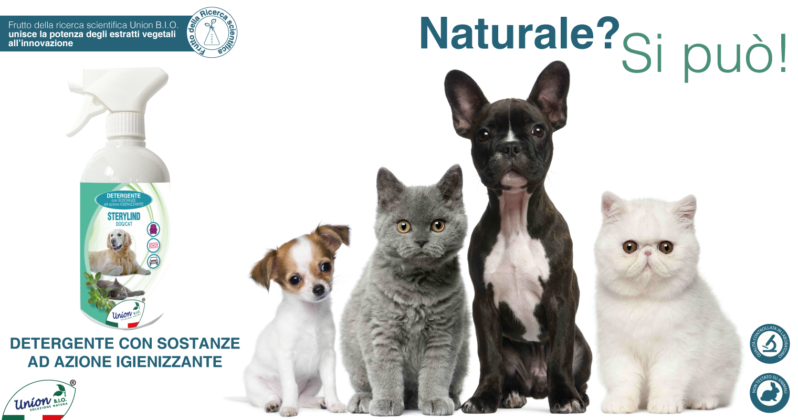Finally it is spring! Hopefully the cold and gloomy climate is behind us and the blossoming of flowers gives us a good mood, the desire to go out and spend more time with our dogs and cats. But let's not forget some drawbacks related to this season and which we must learn to manage better for guarantee the well-being of our four legs.
1.Beware of parasites!
Although present throughout the year, in spring mosquitoes, ticks, fleas e other parasites they intensify their presence. In addition to being a nuisance for our dogs and cats, they are a real problem as they can transmit serious diseases.
Do prevention always represents the best solution and in any case with the increase in temperatures you must immediately run for cover using spot-on vials, sprays and lotions able to protect our animals.

Ticks and fleas can lead to allergies, dermatitis, blood diseases and can carry pathogens such as viruses and bacteria. However, the utmost attention must be paid to mosquitoes, which can transmit the filaria, and sand flies from which dogs can contract Leishmaniasis.
For this it becomes essential to use products that protect dogs and cats especially in the hot-humid season. Opt for those natural reduces the risks for our four legs, for us and does not harm the environment.
Let us remember that if parasites represent a pitfall, the use of chemicals is no exception!
It may interest you:
DOG PHILARIOSIS AND LEISHMANIOSIS: HOW TO PROTECT OUR FOUR-LEGGED FRIEND
IT'S SPRING: BEWARE OF FLEAS, TICKS, PAPPATACHI AND MOSQUITOES!
2.The processionary
Dogs and cats, in spring, by sniffing the ground and grazing the grass in green areas such as parks, gardens and woods, run the risk of coming into contact with the processionary. It is a hairy caterpillar that nests on pines and oaks and which in its larva phase moves in procession, creating a row.
As an adult it turns into a harmless moth, but as a larva it has strong stinging properties. In fact, contact with this insect causes an immediate skin reaction, irritative and inflammatory, associated with pain, itching and redness and in some cases with the appearance of blisters.

A timely intervention can save the life of our four-legged! In the event that the animal comes into contact with the processionary moth, it is necessary to call the veterinarian immediately.
3.Il change the hair
With the arrival of spring our dogs and cats have to face the moult of the hair, losing the one grown in winter to be reborn lighter in view of the higher temperates.
During this period it is appropriate brush them even several times a day and it is also necessary to do a good bath using specific products, preferably natural, to give relief, protect and not irritate the skin and hair.
This biological phenomenon that consists in the regeneration of hair is different according to the races and their lifestyle and for this reason it can vary in intensity and duration.

4. Is the family growing?
During the spring period, the couple instinct awakens for our four-legged friends who could show unusual behaviors, move away from home, be inappetent or nervous. We don't have to worry: spring is the mating season!

If it is not our intention to extend the family with the offspring of our pet, we must take into consideration the sterilization. This practice allows you to make him more peaceful and to have a more peaceful coexistence with him. In some cases it is also essential to combat abandonment and stray dogs.
Our trusted veterinarian will be able to provide us with all the information on the matter.
5. Spring bowls
During the changes of season, particular attention should also be paid tosupply of our animals. In spring, considering that the daily energy requirement changes, it is advisable to choose complete and correctly balanced foods, to guarantee the right amount of nutrients.
With the arrival of heat it is advisable to be careful also with regard to thewater in the bowl: if our dog or cat drinks little, perhaps it is necessary to change it more often. Let's not let our furry friend get dehydrated!

